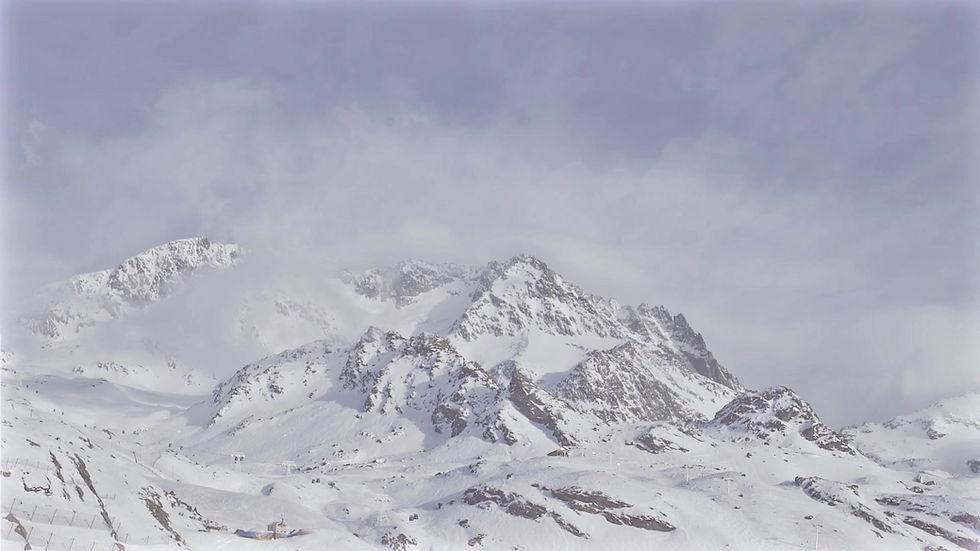
Prayers
Order your prayers
The Purpose of Pujas and Prayers


Daily pujas combine a sadhana practice with various types of offerings, both visualized and actual. Sādhana is a sanskrit word that means “method of accomplishment” whereby the practitioners train in visualization, recitation of mantra, and a period of resting (silent) meditation, and finally conclude by dedicating the merit for the benefit of all sentient beings. When first learning sadhana practice, it begins as something created or generated, and can feel a bit artificial. But with time, as one trains and familiarizes with the practice, it teaches the practitioner to replace our ordinary fixated and judgemental habits of mind with perception that is more open, kind and aware. The result is a wise and compassionate way of being and interacting with the world and beings around us.


Puja and prayers are always made for the benefit of all sentient beings. In addition to this, individuals or groups can request prayers for a specific cause or person who is in need of help. This request is read aloud either before or during the puja so that the practitioners can keep this request specifically in their hearts as they practice. There are also many commonly inserted extra prayers that can be added to any puja and are chosen based on the type of help that is needed by the requestee.

Regularly Scheduled Pujas

Daily Morning Practice: Treasury of Blessings (Buddha Shakyamuni), Concise Daily Practice (Guru Rinpoche), Sang & White Sur
Daily Afternoon Practice: Protector practice with Sur-especially for removal of obstacles
Guru Rinpoche Day (10th Lunar Day): Vajrasattva tsok puja
Dakini Day (25th Lunar Day): Vajrasattva tsok puja
**The names of people who have requested prayers during our daily pujas are read aloud at the beginning of the practice session each day.

Prayers that can be added to any puja upon request:
.jpg)
21 Praises to Tara
Tara is an enlightened female buddha renown for bringing comfort, healing, protection—especially protection from all fears, as well as for removing obstacles and for success in one’s endeavors.
King of Aspiration
Prayers for gathering of merit (conducive circumstances) and success on one’s spiritual path.


Concise Prayer to be Reborn in Dewa Chen
recited on behalf of a person who has passed away.
Barchey Lamsel
for removal of obstacles, success in one’s endeavors and especially on one’s spiritual path.
Samantabhadra’s Aspiration
recited during eclipses and solstices; during earthquakes and other natural disasters; and for auspicious connection to realized the fruition of the Dzogchen path.

Other pujas that can be requested

The sadhana of Buddha Shakyamuni by Mipham Rinpoche
The “Outer Tara” Sadhana commonly practiced in many lineages of Tibetan Buddhism for removal of all types of obstacles and gathering of all conducive circumstances.


Special days for prayers
Tibetan and Western New Year’s day: outdoor sang puja
Duchen (དུས་ཆེན) holidays (days that celebrate 4 major events in the Buddha’s life): Treasury of Blessings and Vajrasattva Tsok Puja. On these days the merit accumulated by practice is made more powerful by the astrology and auspicious link with these events in the Buddha’s life.
-
Chotrul Düchen: Full moon of the first lunar month. The 'Festival of Miracles.' Celebrates the 15 days where Buddha Shakyamuni displayed miracles to increase the faith of disciples.
-
Saga Dawa Düchen: Full moon of the fourth lunar month. The 'Festival of Vaishakha.' Celebrates Buddha Shakyamuni’s birth, enlightenment and parinirvana
-
Chökhor Düchen: Fourth day of the sixth lunar month. The 'Festival of Turning the Wheel of Dharma.' Celebrates when Buddha Shakyamuni gave his first dharma teachings.
-
Lha Bab Düchen: Twenty-Second day of the ninth lunar month. The 'Festival of the Descent from Heaven.’ Celebrates Buddha Shakyamuni’s descent from heaven where he had taught the dharma to the gods and to his mother who had been reborn there.

